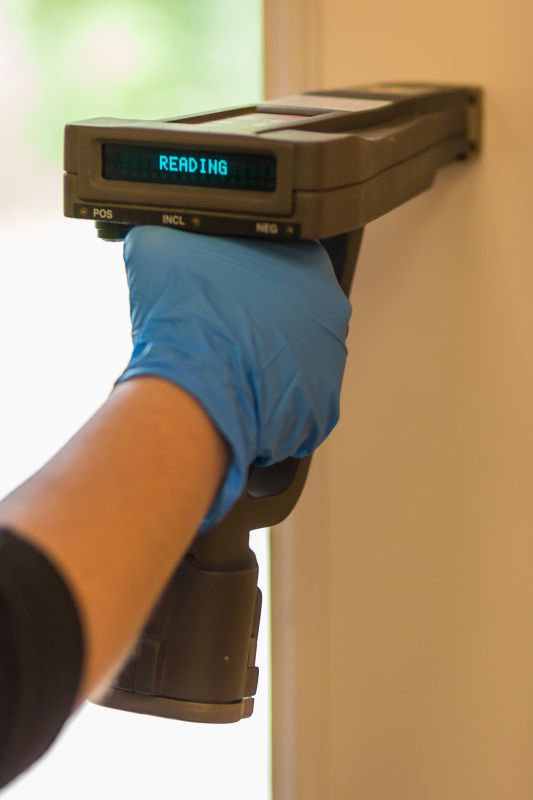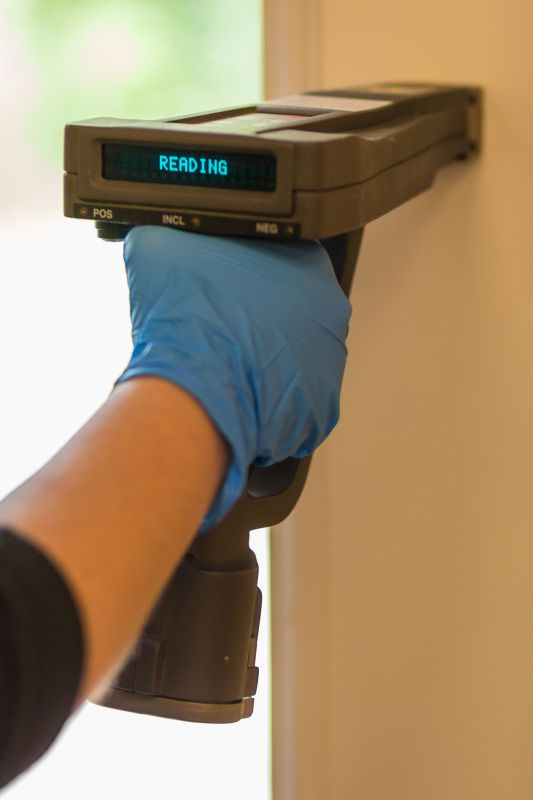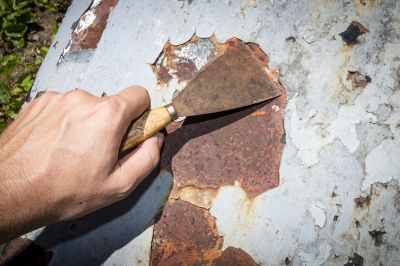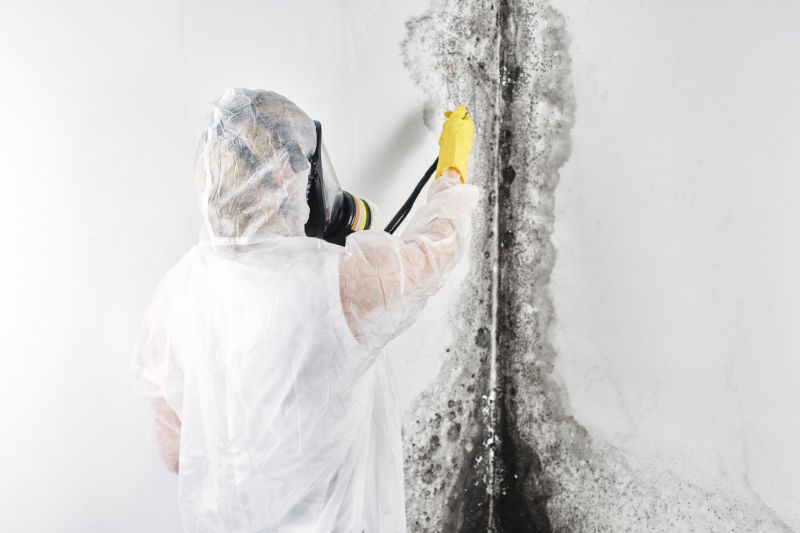Lead Paint Testing to Ensure Property Safety
Lead paint testing is a critical step in identifying the presence of lead-based paint in residential and commercial properties. Exposure to lead paint can pose serious health risks, especially to children and pregnant individuals. Accurate testing helps determine whether lead hazards exist and guides necessary remediation efforts.

Advanced tools used for detecting lead in paint surfaces, including portable X-ray fluorescence devices.

Samples of paint or dust are collected carefully for laboratory analysis to confirm lead presence.

Specialized laboratories analyze samples to provide definitive results on lead content.
Lead paint testing can be completed within a few hours to a day, depending on the size of the property and the testing method used. Professionals typically conduct a visual inspection followed by sampling to ensure comprehensive assessment. Prompt testing can prevent long-term health issues and facilitate safe property management.
The Lead Paint Testing Process
The process begins with a thorough visual inspection to identify areas that may contain lead-based paint. Portable testing devices or paint chip sampling are then employed to collect data. Laboratory analysis confirms the presence and concentration of lead, providing clear guidance for necessary actions. This systematic approach ensures accurate detection and safety compliance.
Hiring a professional for lead paint testing ensures precise results and adherence to safety standards. Experts are trained to handle samples correctly and interpret findings accurately, reducing the risk of false positives or negatives. Their expertise supports informed decision-making for property owners and occupants.

Technicians carefully collect paint and dust samples from various surfaces.

Samples are analyzed using sophisticated instruments to detect lead levels.

Results are reviewed to determine if lead hazards are present.
The importance of professional lead paint testing lies in its accuracy and reliability. Proper testing methods reduce the risk of overlooking hazards and ensure compliance with safety regulations. Accurate detection allows for targeted remediation, minimizing unnecessary work and costs.

Results guide the development of safe removal or encapsulation strategies.

Professionals safely remove or cover lead-based paint to protect occupants.

Final testing confirms that lead hazards have been effectively addressed.
Proper lead paint testing and subsequent remediation help prevent health issues related to lead exposure. Regular assessments are recommended for older buildings or properties undergoing renovations, ensuring ongoing safety and compliance.
For those interested in obtaining a quote for lead paint testing services, filling out the contact form provides a straightforward way to start the process. Professional assessments are an essential step in maintaining a safe environment and ensuring property safety standards are met.
